Faces of “Carnaval”: A Visual Story from the Heart of Ecuador
During my time in Quito, Ecuador, I attended “Carnaval” (quite different from what I expected). First, carnavals in all of Ecuador are rooted among the Huarangas natives which over time got mixed in with Christian beliefs brought on by the Spanish colonizers. Each city celebrates “carnaval” a bit differently where traditionally people throw at each other flowers, water, flour or foam during the festivities in honor of the second moon. The city closes down for several days, gradually opening up after Ash Wednesday, embracing a long tradition that symbolizes renewal and happiness. Quite the experience…
But First a Bit History
This was my first time traveling to a country during carnival season and so I was a bit curious when writing this story about the history and growth of carnivals throughout the world. I particularly am interested in possibly traveling to a different country every year to experience one. The following is a bit of the history of carnivals and how they are becoming major tourist attractions.
The history of carnivals is rooted in ancient Mediterranean festivals held by the Greeks and Romans, offering the opportunity for people to postpone all social norms and obligations temporarily and become part of the festivities.
Over time, the Catholic Church adopted carnival celebrations as a prelude to Lent, known as a period of fasting and reflection. As colonization spread throughout the world, different indigenous populations adapted the concept of a carnival incorporating music, dancing styles and other customs rooted in their religion, history and culture. Every country that celebrates carnival has its own unique expressions. Most countries celebrate carnival during the same time and for the same reasons.
What is particularly interesting is how carnivals and other festivals and fiesta are becoming a global phenomenon, attracting tourists worldwide who are seeking new cultural experiences. This has been an economic boom for cities and the travel industry. However, one of the biggest drawbacks has been its lack of sustainable practices as these events produce so much waste and carbon emissions. Using technology will only enhance the growth of these carnivals as they become more popular throughout the rest of the world.
“Carnaval” in Quito: A Week of Color, Whipped Cream & Celebration
During my travels in South America, I remained in Quito through “Carnaval Week” to attend one or two of these events. Most cities in Ecuador celebrate Carnaval prior to Lent in keeping with its Christian beliefs and traditions. Instead of the throwing of beads as done in New Orleans’ Mardi Gras, flowers, water or flour are thrown at each other. More recently, a modern twist has been introduced to these parades. Individuals can purchase cans called Cariocas that spray a foam substance akin to whipped cream. Prior to the week, stores and street vendors are selling all kinds of trinkets and costume material in planning for the week’s various events and parades. The Cariocas cans are sold in two sizes, the usual whipped cream size and one twice as big. The cost ranges from 50 cents to $2.00 as the weekend approaches. Kids begin to spray each other early on before the festivities begin.
Most of the city’s carnaval parades are held throughout the week grounded and supported by neighborhoods, schools, churches and community. Over the weekend, I witness three modest parades, two on the same day where all age groups participated wearing colorful costumes along with musical bands and dance groups, both traditional and contemporary. Unlike Brazil and other countries, there are no half-dressed men and women and no samba. This is after all, a very Christian country.
As I was watching these parades, you notice among its many participants what appears to be a strong sense of community, pride, and joy. For this special holiday, it is apparent that everyone has thoroughly rehearsed their dancing, musical notes, and marching steps. I can’t recall in the last 60 years seeing anything like this in the state of NJ (a sad commentary).
“Carnaval” Through My Lens
I was quite taken by the carnaval events and took as many photos as possible with the goal of documenting and sharing what this experience was like. The dancing, singing, and playing of music by many groups of every age was indeed contagious. The spraying of foam at all the participants and spectators, including myself was to the delight of everyone. The colorful costumes and dresses, and accessories to match are all so well-orchestrated and reflective of the culture and traditions of this country. I had such an appreciation for the modesty and simplicity of these parades and celebrations. My photos are a bit of all this and more in my desire to bring carnaval to your screen. As always, click the center of the photo to see a full view of the photograph. Until, the next carnaval in some other part of the world.
To learn more about Ecuador, click the following two links for stories and photo: “25 Days in Quito: A Visual Diary of Culture, Color & Cuisine” and “Navigating Nature’s Masterpiece: A Galápagos Cruise Experience”
If you enjoyed this story or the newsletter issue, help others to discover it by sharing it with your friends. Your support will go a long way in continuing the blog. If you are not a subscriber for more stories and photos like these, please click here to subscribe.

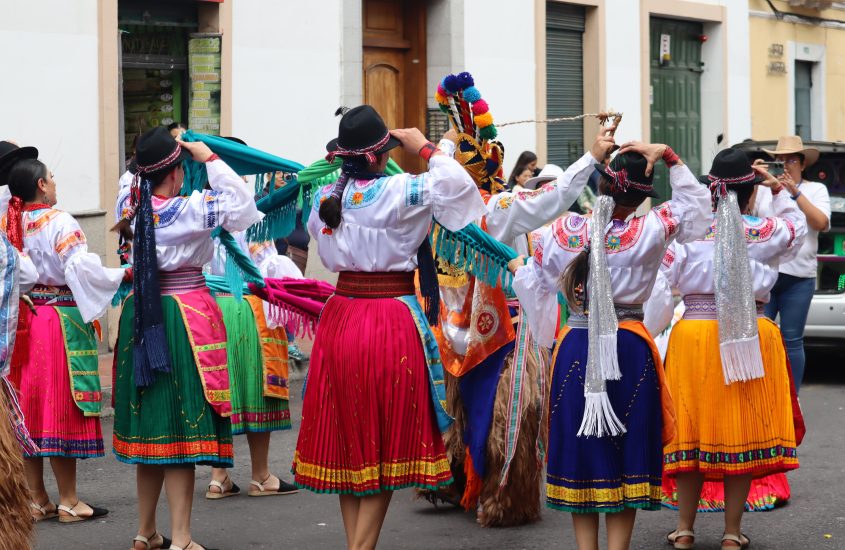
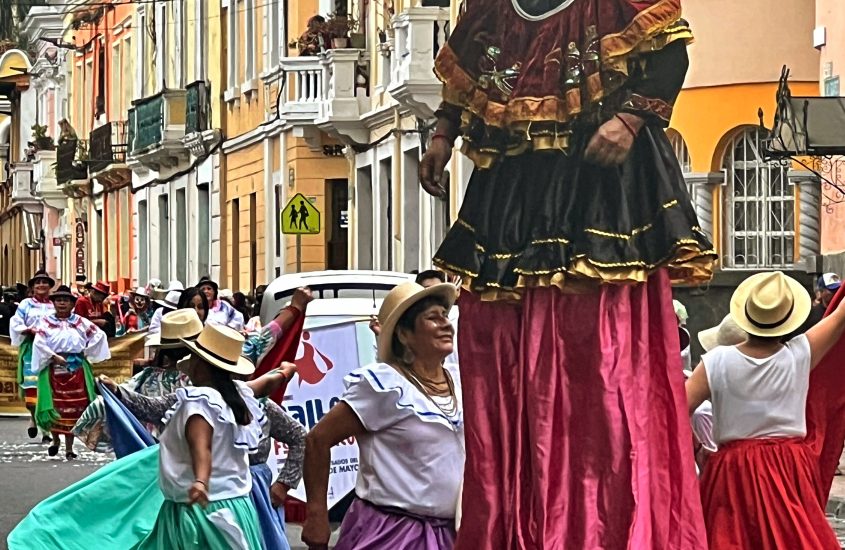
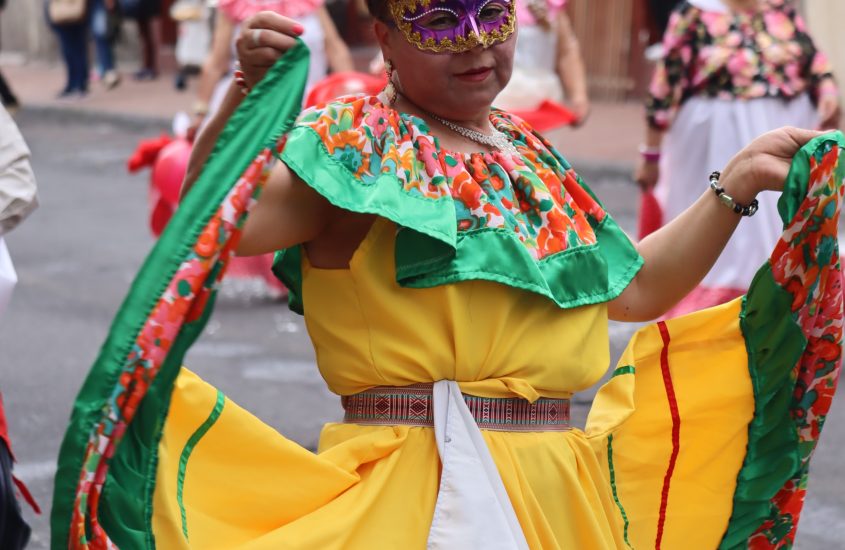
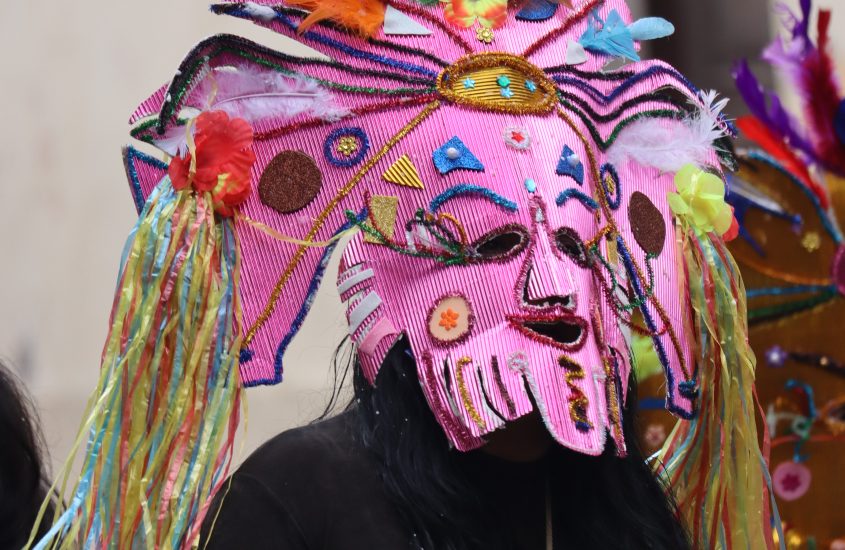
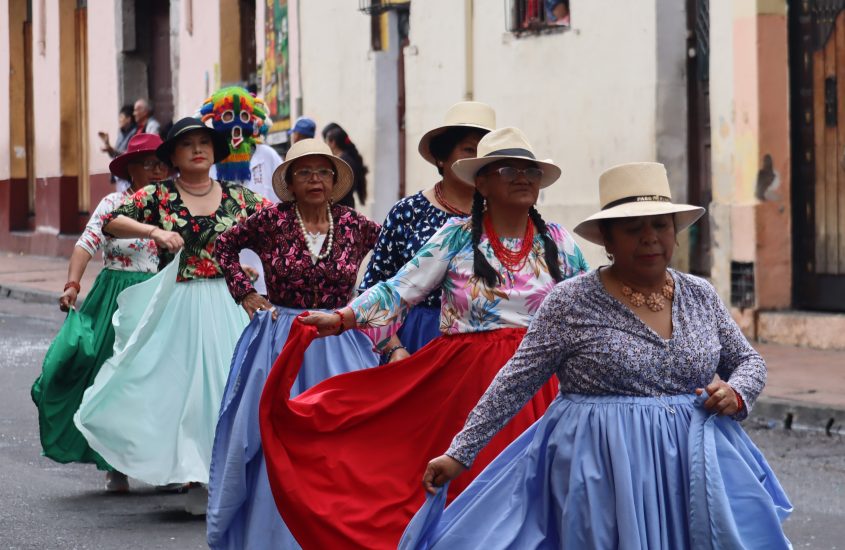
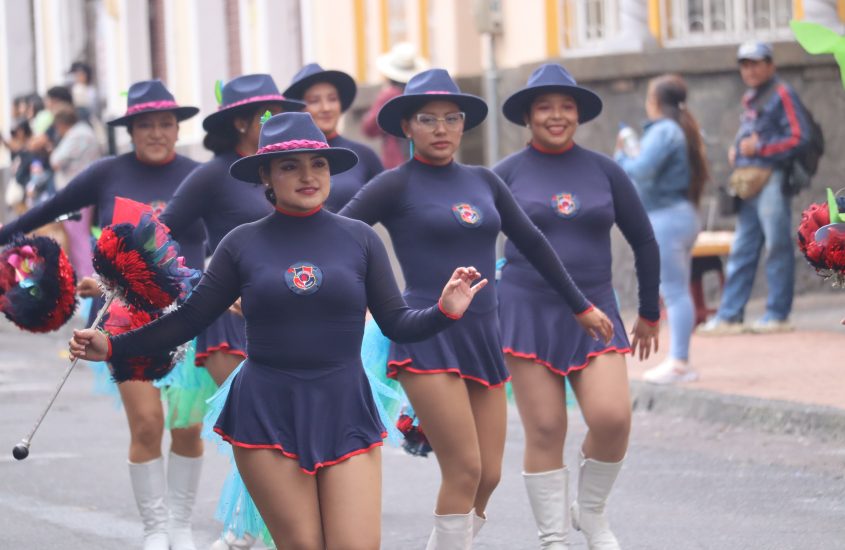
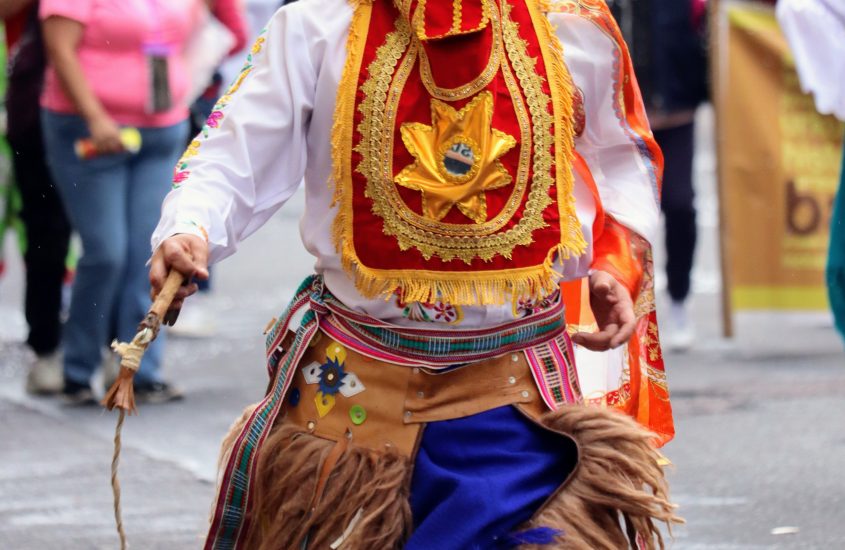
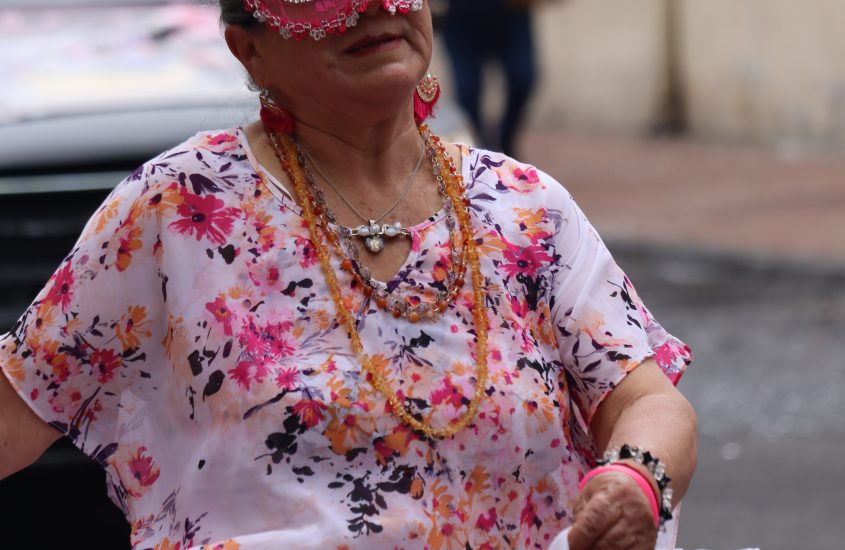

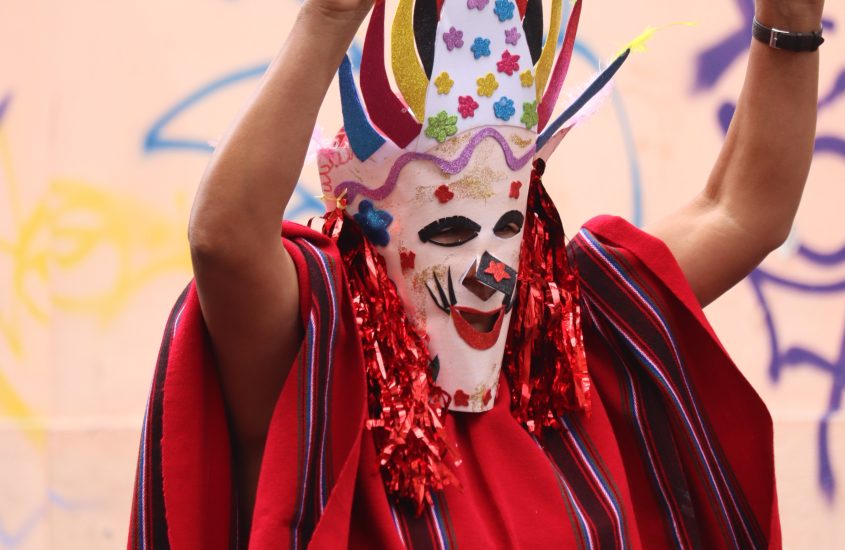



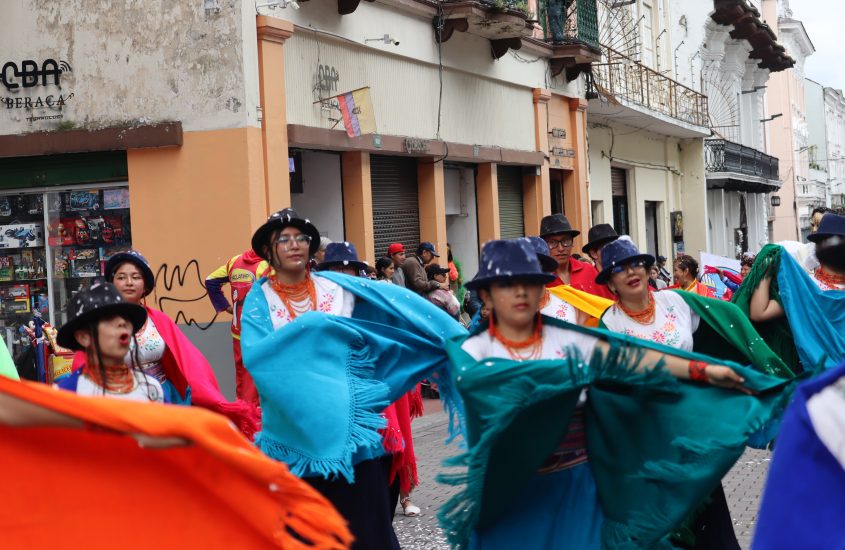

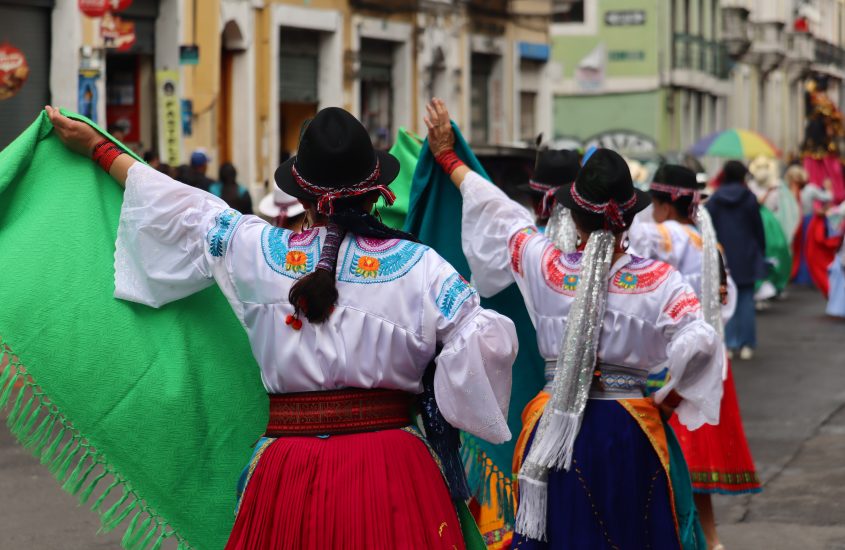
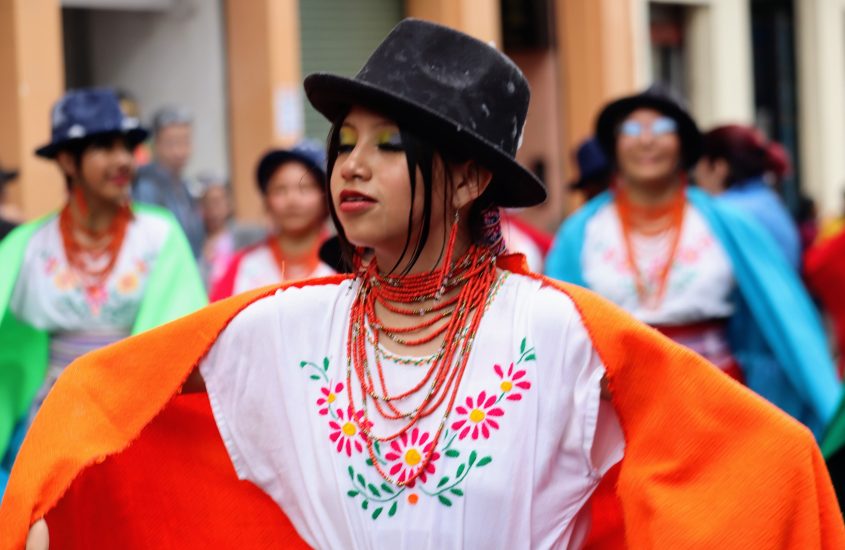
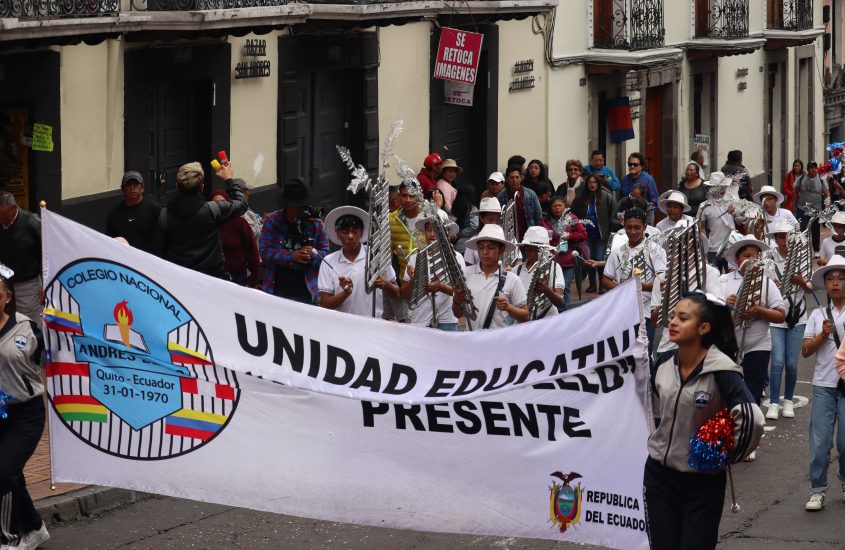

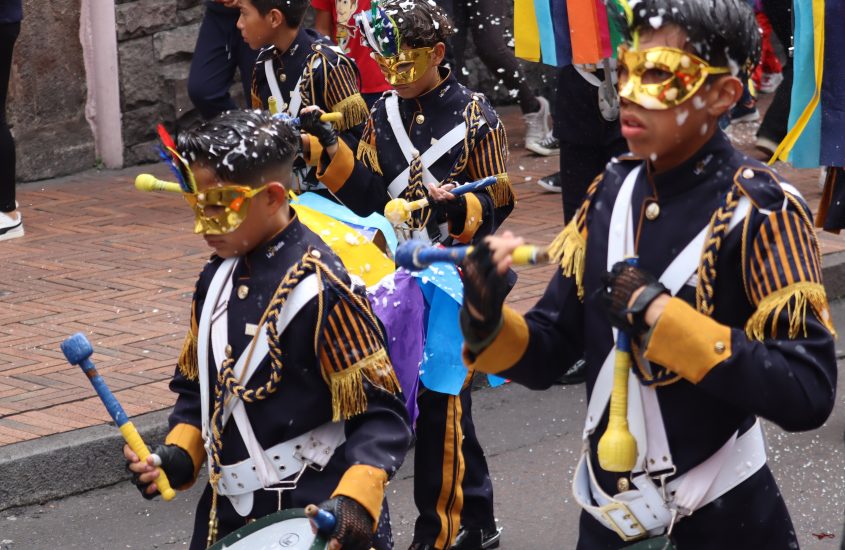
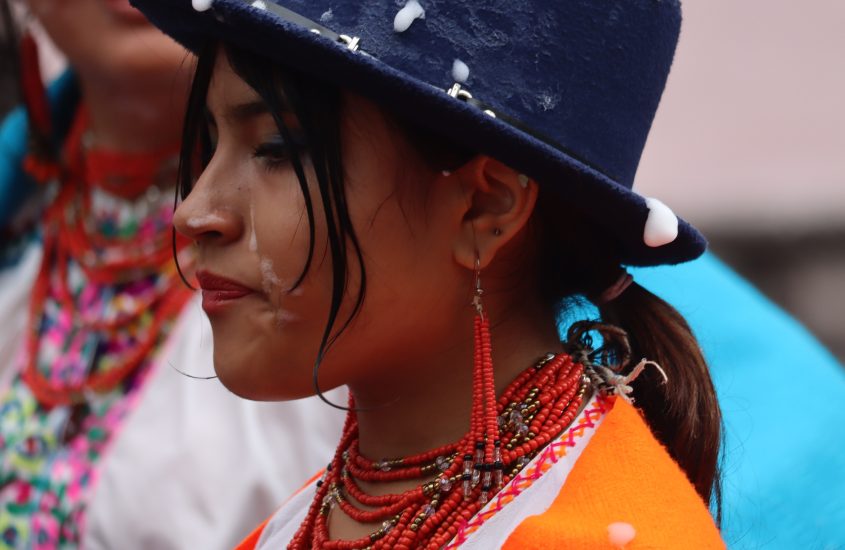
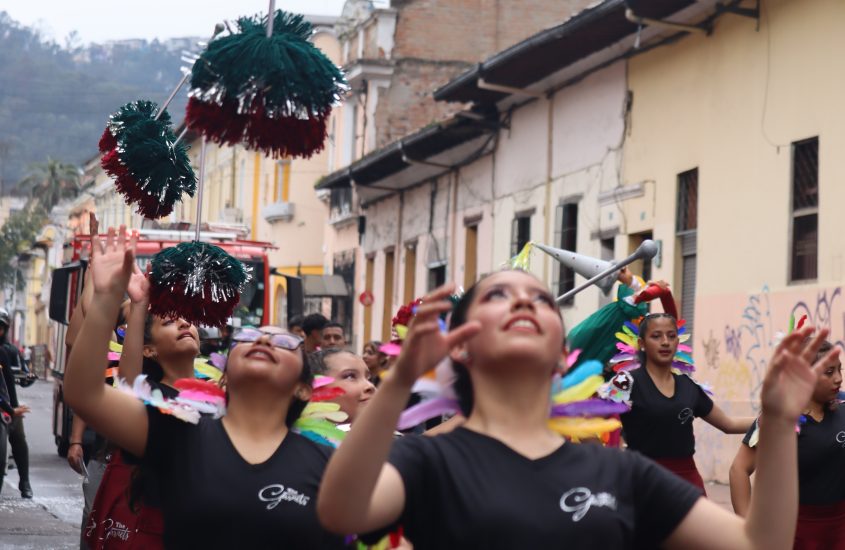
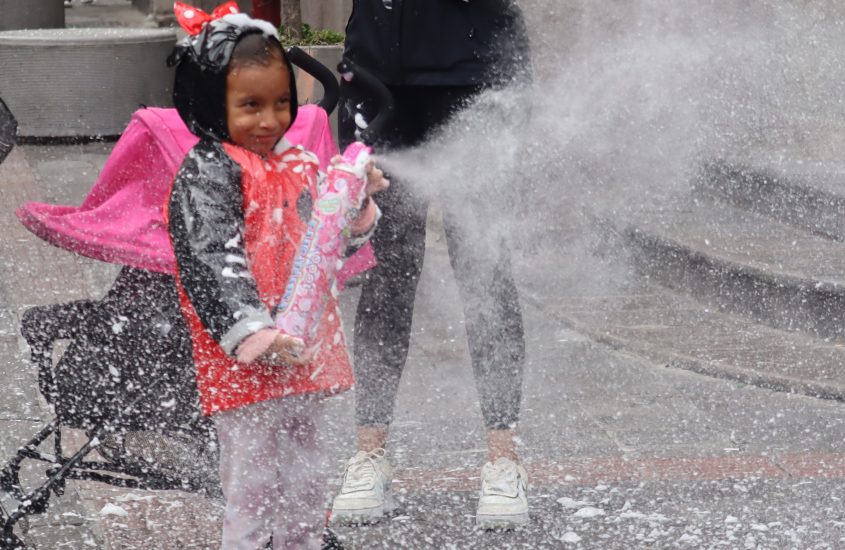
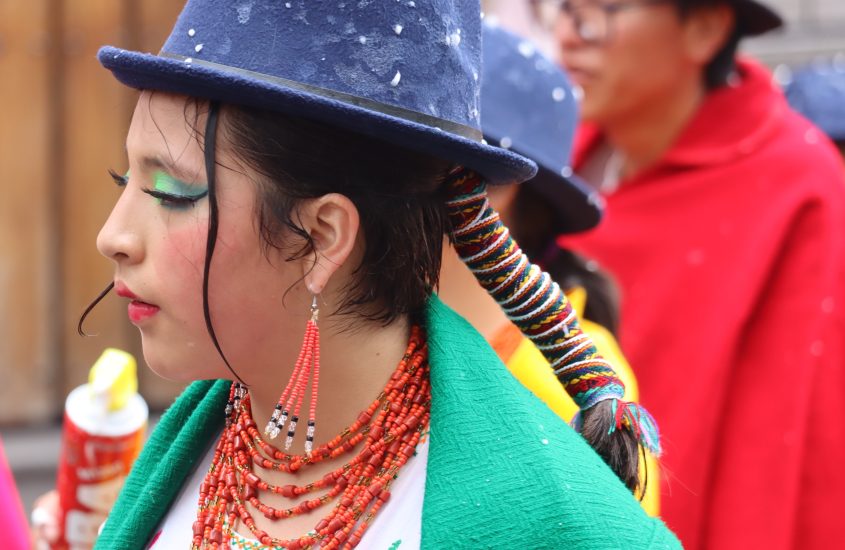

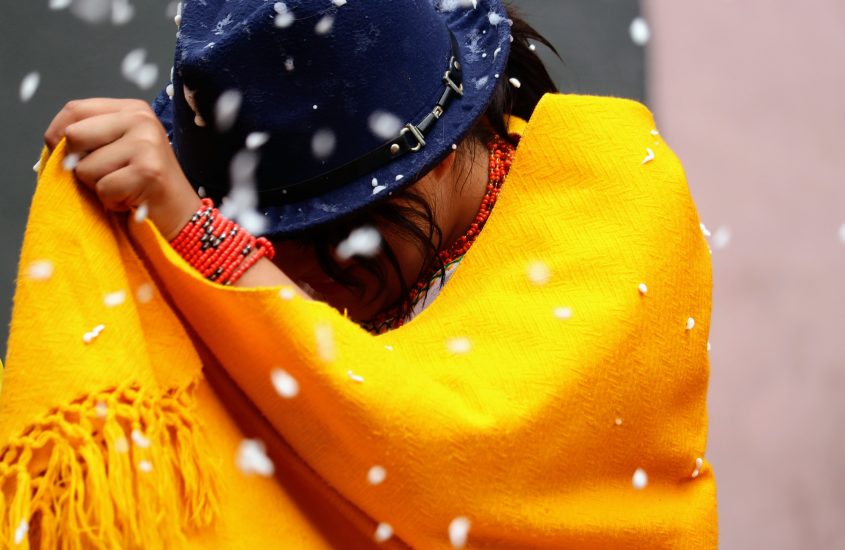
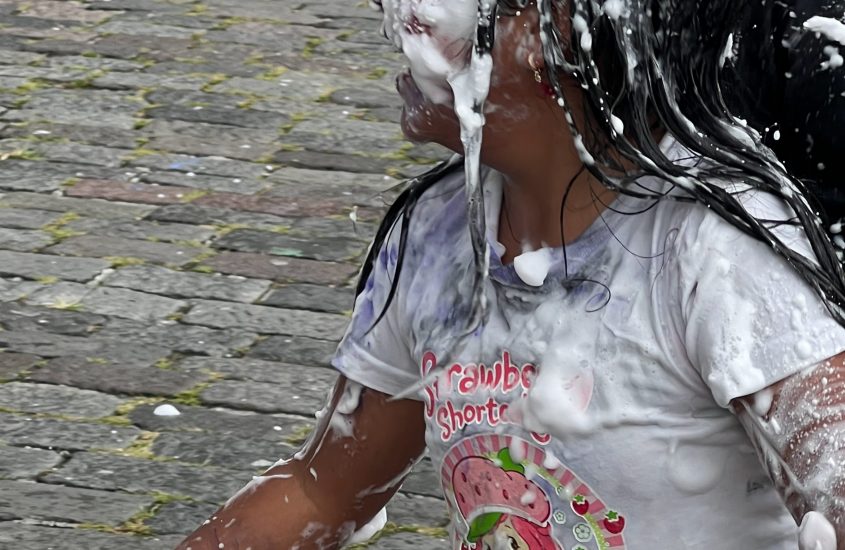


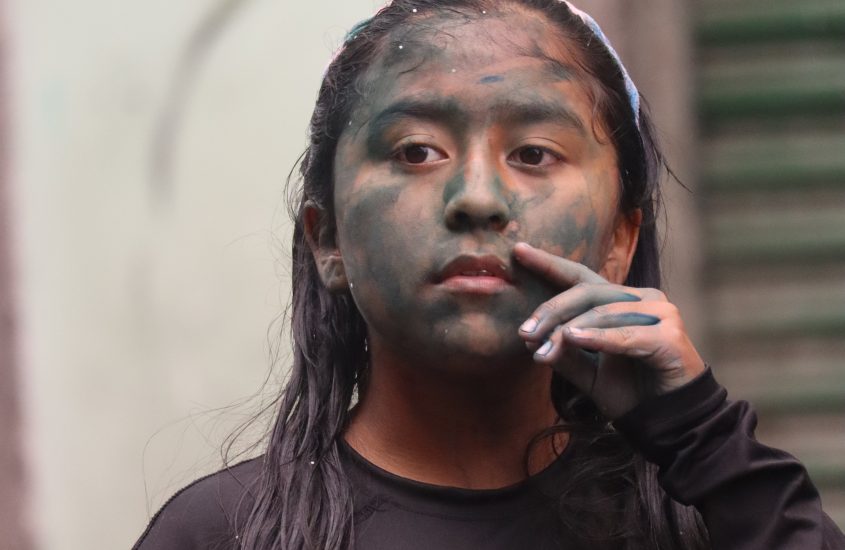
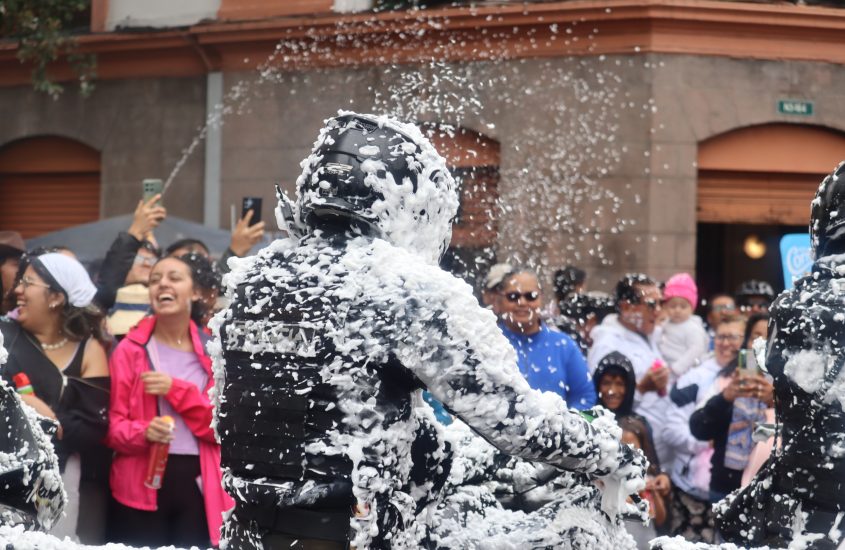

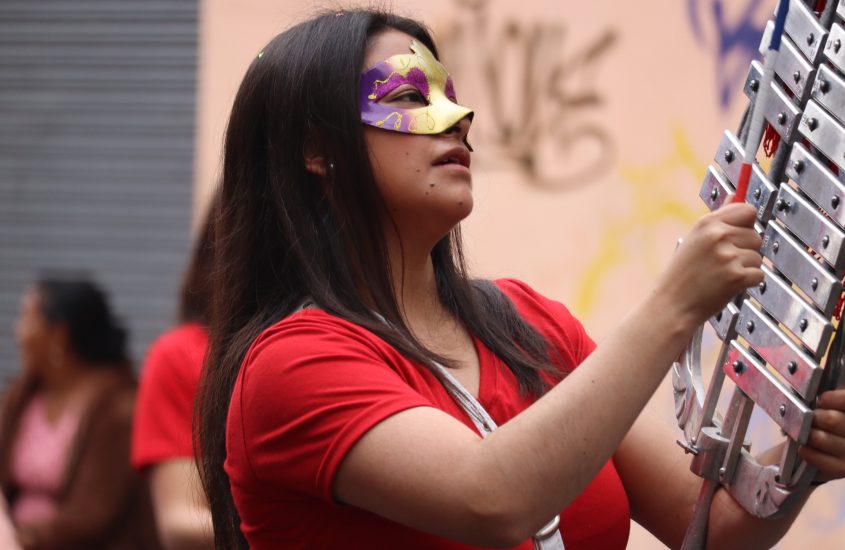

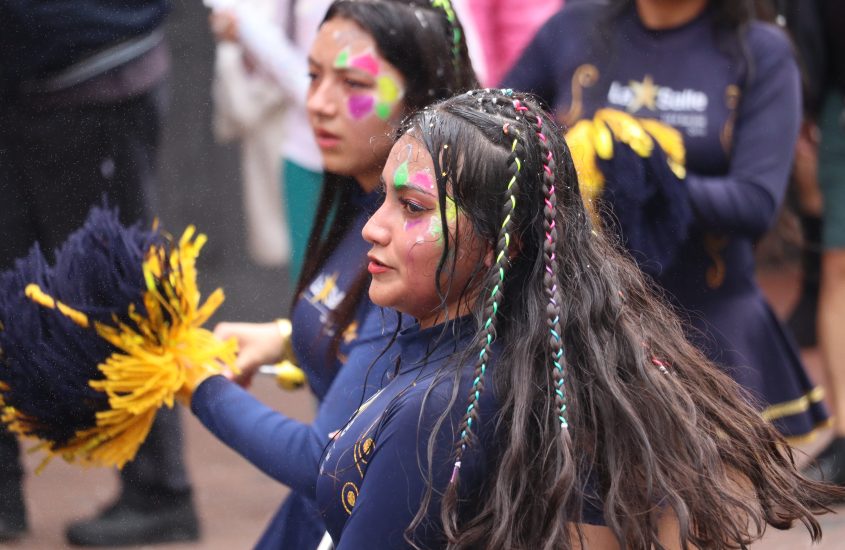
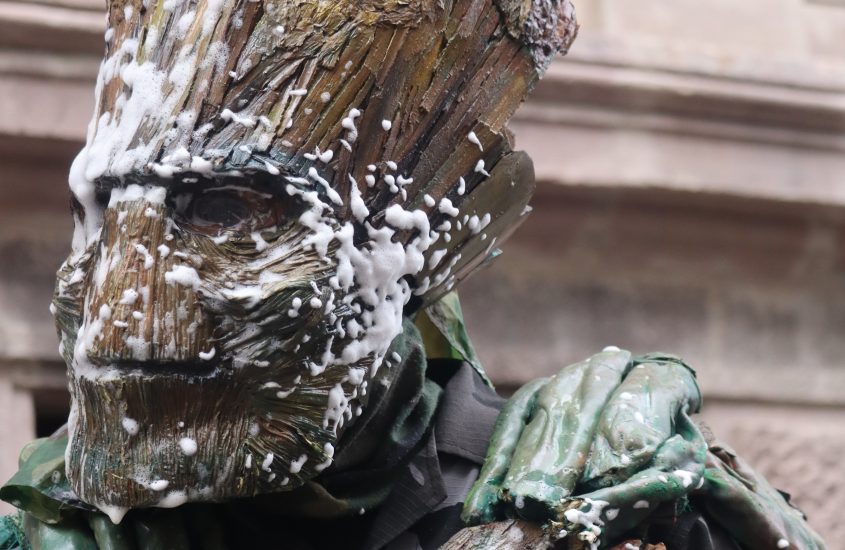
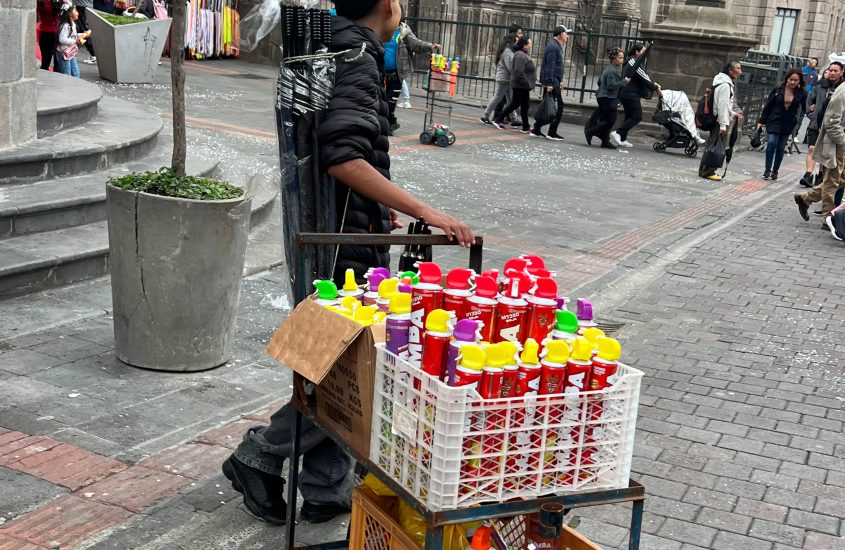
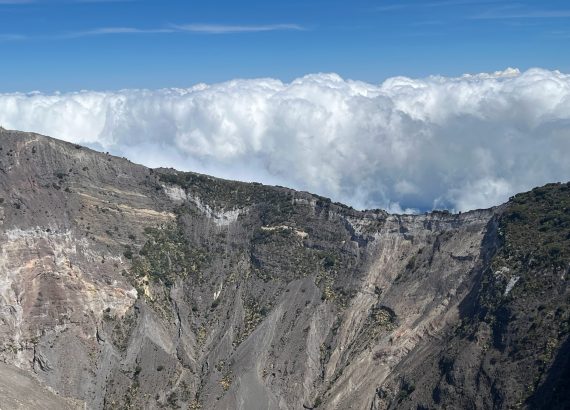
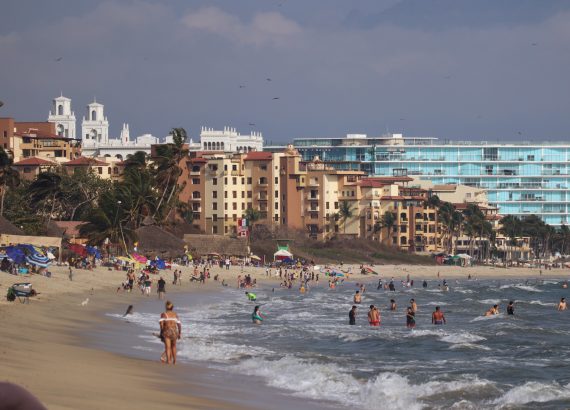

No Comments